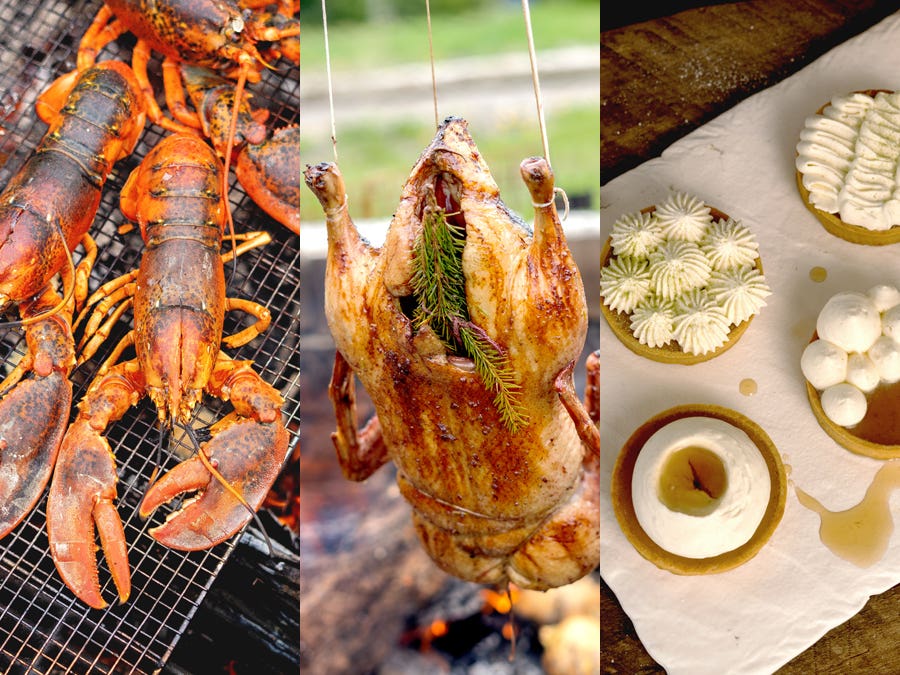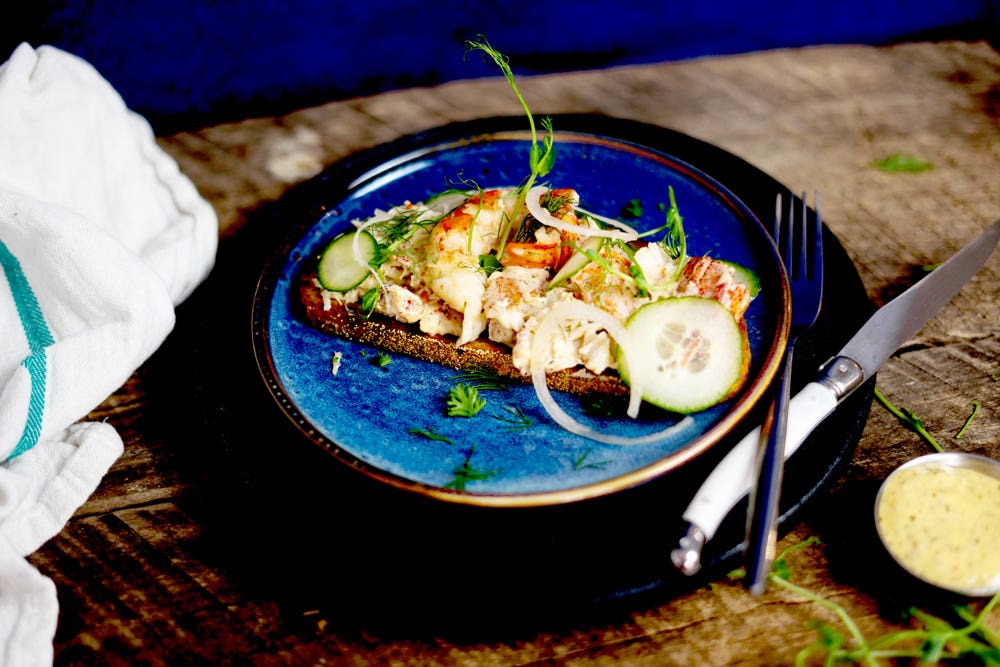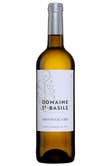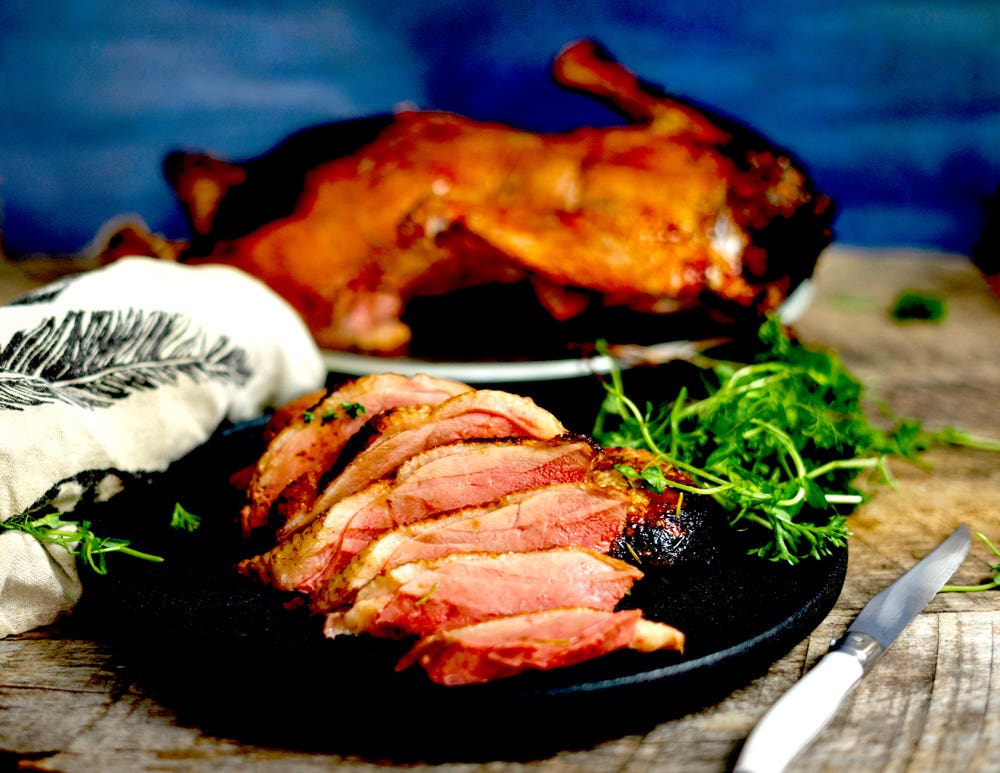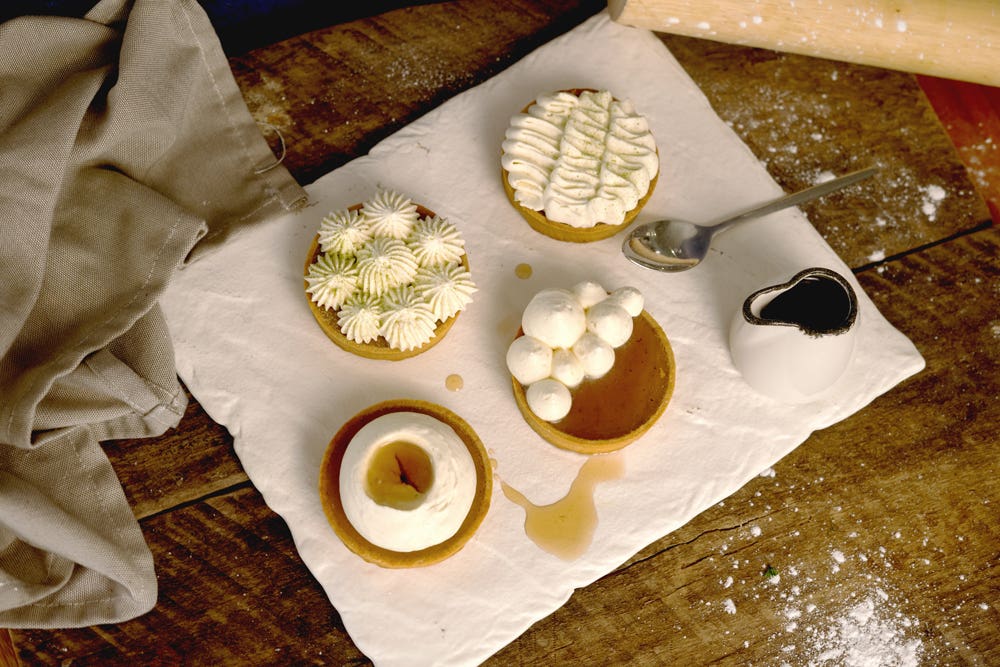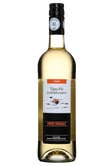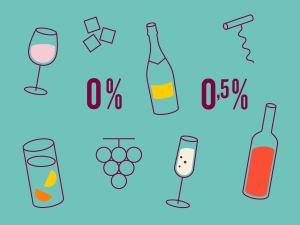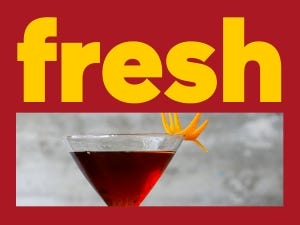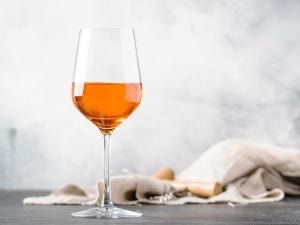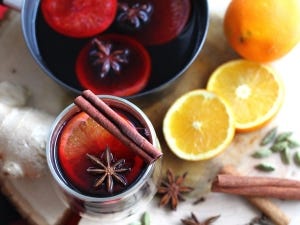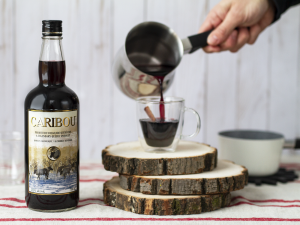We spoke to Chef Maxime Lizotte one bright May morning from his home in Cacouna, a Maliseet community along the St. Lawrence River in the Bas-Saint-Laurent region. After spending the past few years honing his skills in some of Quebec City’s top kitchens (the renowned Légende and the Hôtel-musée Première Nations), helming his restaurant, L’introuvable, launching a range of boreal products, and promoting the Quebec terroir in France and Belgium, Maxime is back home to expand the local food scene.
Involved with the community from the ground up
“I feel lucky that I was ‘recruited’ by my community,” said Maxime with a smile. The fateful homecoming resulted from a conversation that took place during a 2022 pow-wow, for which he oversaw the food offering. As soon as Maxime shared his plans to leave his Beauce restaurant with the general manager and Jacques Tremblay, the Grand Chief of the Wolastoqiyik Wahsipekuk of Viger First Nation, the two looked at one another and said to Maxime: “It’s about time we brought you on board to work on some of our projects!” “I got back in January,” said Maxime. “And I’ve been here ever since.”
And as far as projects go, this bustling community is brimming with them. There’s beluga whale-watching, coastal parks, and a fish market kept well-stocked by local fishermen. “I’m working on developing the menus for all these different places. The love of food can be a gateway to plenty of activities,” said Maxime. “These days, I’m always on the move, so I’m like a chef without a kitchen!” he added, jokingly. And that’s how it’s going to be for the next little while, as his upcoming restaurant project is still 15 months away from opening.
“My long-term goal is to promote Indigenous culture,” he said. “I’m working on a concept in which everything is aligned from the ground up so that we have a clear vision for the restaurant. It’s a long process, but I can’t wait! Slowly but surely, we’re working on some pretty incredible things in Cacouna.”
In the meantime, Maxime will be the executive chef for the KWE! Festival, which returns to Quebec City on June 16, 17, 18 and 21. He’ll also be returning to oversee the culinary offering for the next pow-wow in Cacouna, happening this August 19 and 20.
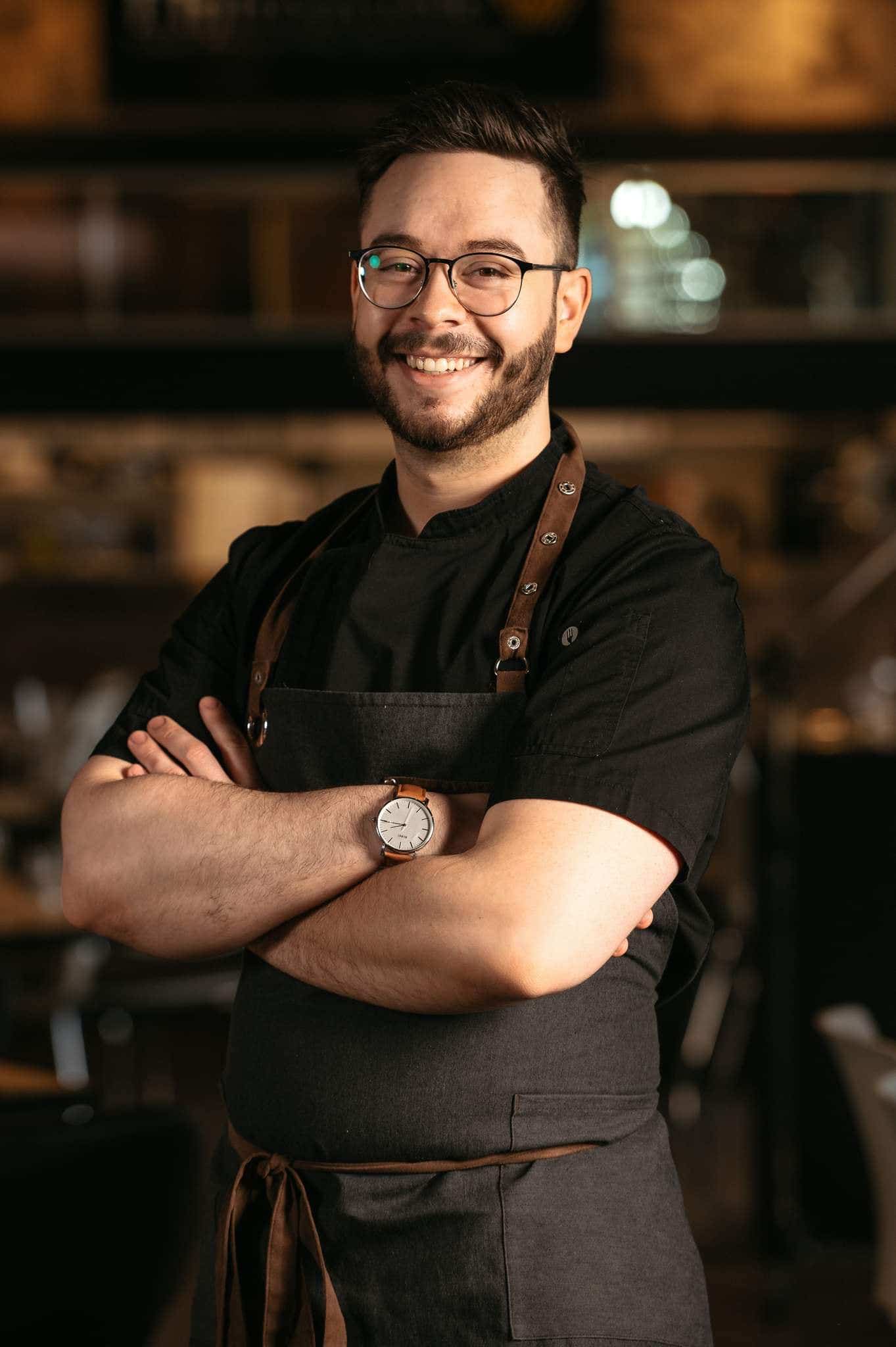

Chef Maxime Lizotte
An appetite for culture
According to Maxime, who’s built a career on advocating for seasonal cuisine and local agriculture, “there’s a definite enthusiasm for eating locally grown foods without it necessarily being Indigenous cuisine. More and more, there’s a growing openness to different cuisines, something we owe in no small part to immigration.” What does he mean by that?
“We often speak about returning to our roots, about the first people who arrived on Indigenous land, but immigration also had a part to play in people’s open-mindedness. Seeing that Indigenous people are a minority on our own land, it sometimes feels as though we’re perceived as immigrants by others. With sushi, Indian restaurants, Thai cuisine, there’s clearly a willingness to discover new cultures. I think that facilitates the work being done to broaden people’s horizons about Indigenous culture, which to them is considered ‘new’ as well.”
And now, the pièce de résistance
When asked how he came up with the idea of a menu prepared entirely on the grill, Maxime shares that because it’s the start of BBQ season, he wanted to create something accessible, reminiscent of both traditional cooking and ancestral culinary practices over an open fire.
“Indigenous cooking is very basic and survivalist,” he said. “Back then, there wasn’t any salt for seasoning—except in coastal towns with access to saltwater. The bannock was dried so that it could be preserved for a long time. Meat was dried, ground into a powder, and mixed with fat—it wasn’t necessarily made to taste good. I want my food to taste good, of course,” he said. “But I still want it to be very simple.”
If you have access to a sufficiently large BBQ, grill the duck and squash at the same time over indirect heat. The lobster, meanwhile, comes together quickly so prepare that just before serving. Using an oven instead of a grill? Follow the same steps.
WINE AND FOOD PAIRING
“Wolastoqiyik means ʻthe people of the Wolastoq River,’ what people today call the Saint John River,” said Maxime, explaining the origin of the name of his First Nation.
“Wahsipekuk refers to the St. Lawrence River. [We] have a strong connection to water, so it was important for me to pay homage to that in my cooking. Last week was the lobster boat’s first trip out on the water, so it was only natural that I’d make some lobster dishes!” Here’s his no-fuss take on this seafood delight.
WINE AND FOOD PAIRING
A word to the wise: You probably won’t be able to source wild grapes, a rare plant found growing along certain waterways and originally introduced to Jacques Cartier by Indigenous peoples as early as 1535. Instead, Maxime suggests substituting this ingredient with blackcurrant, a berry with a similar taste.
“There are many great blackcurrant producers in Quebec, particularly on Île Orléans,” he said. Fun fact: Maxime uses a spruce branch to glaze the duck.
FOOD AND WINE PAIRING
“Like Indigenous cuisine, my cooking is seasonal,” said Maxime. While Quebec doesn’t have many seasonal fruits in early summer, we have squash all year round! In this recipe, sweet clover extract (boreal vanilla) and balsam poplar essence “give the pie filling a pumpkin spice vibe.” These traditional ingredients can be replaced with whatever you have in the pantry, but rest assured that local companies like Gourmet Sauvage, are working hard to make these products widely accessible.
Woliwon komac (thank you) and enjoy your meal!
 Access to SAQ Inspire personalized services and store inventories are unavailable at the moment.
Access to SAQ Inspire personalized services and store inventories are unavailable at the moment. Free in-store delivery with purchases of $75+ in an estimated 3 to 5 business days.
Free in-store delivery with purchases of $75+ in an estimated 3 to 5 business days. 
